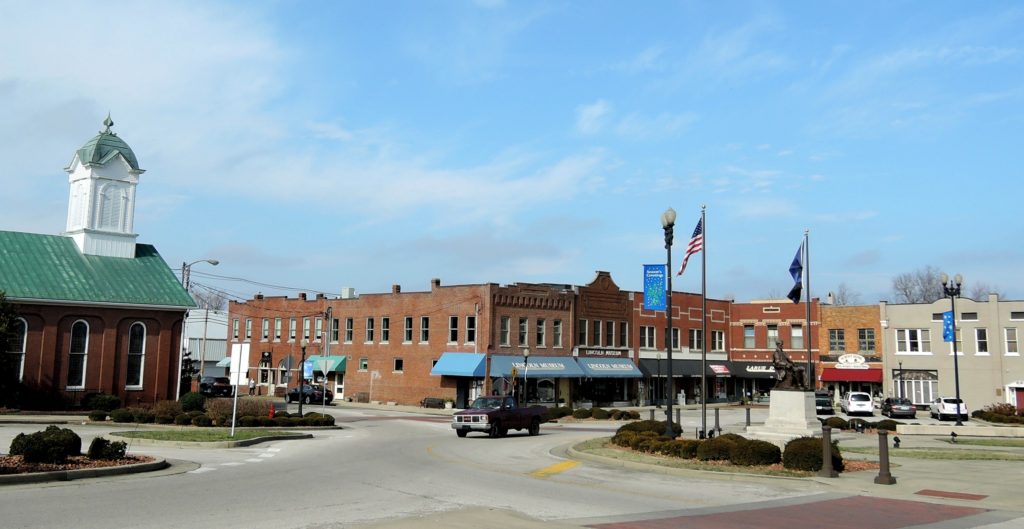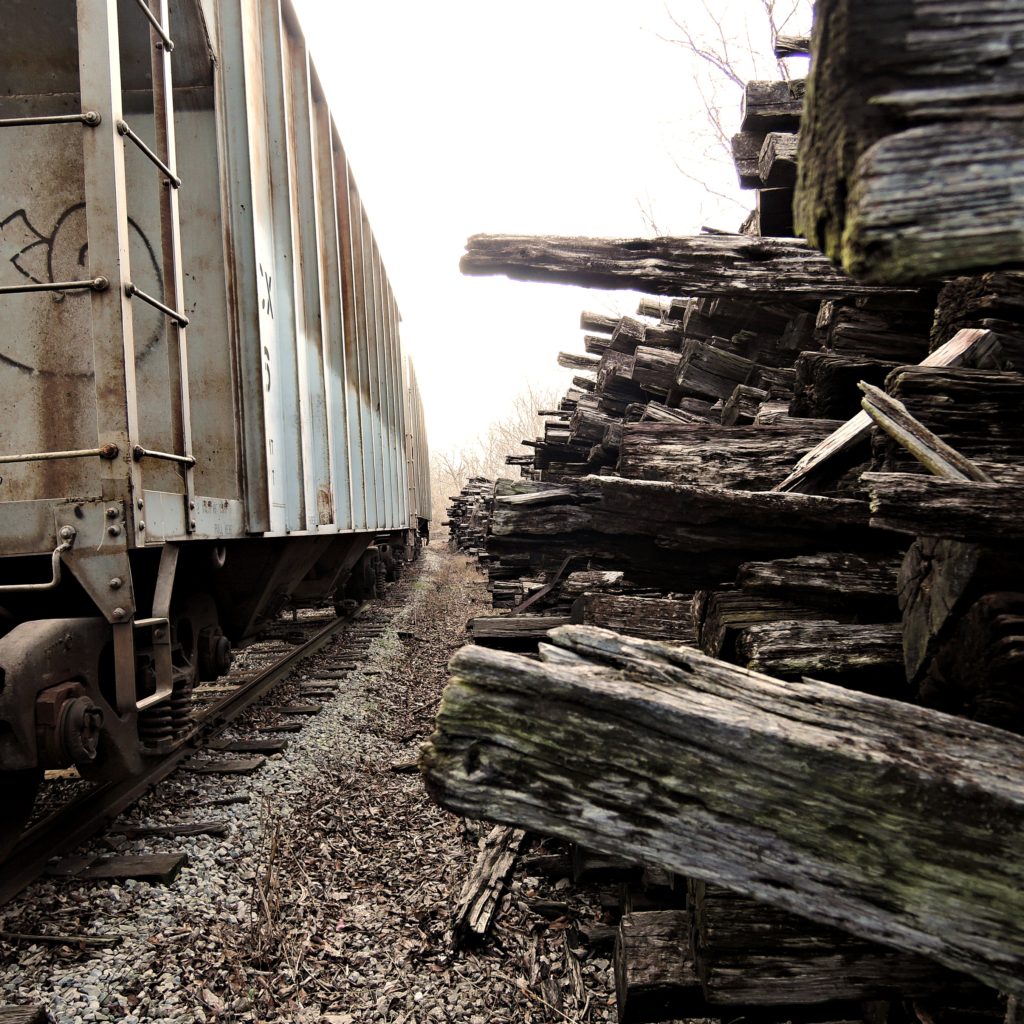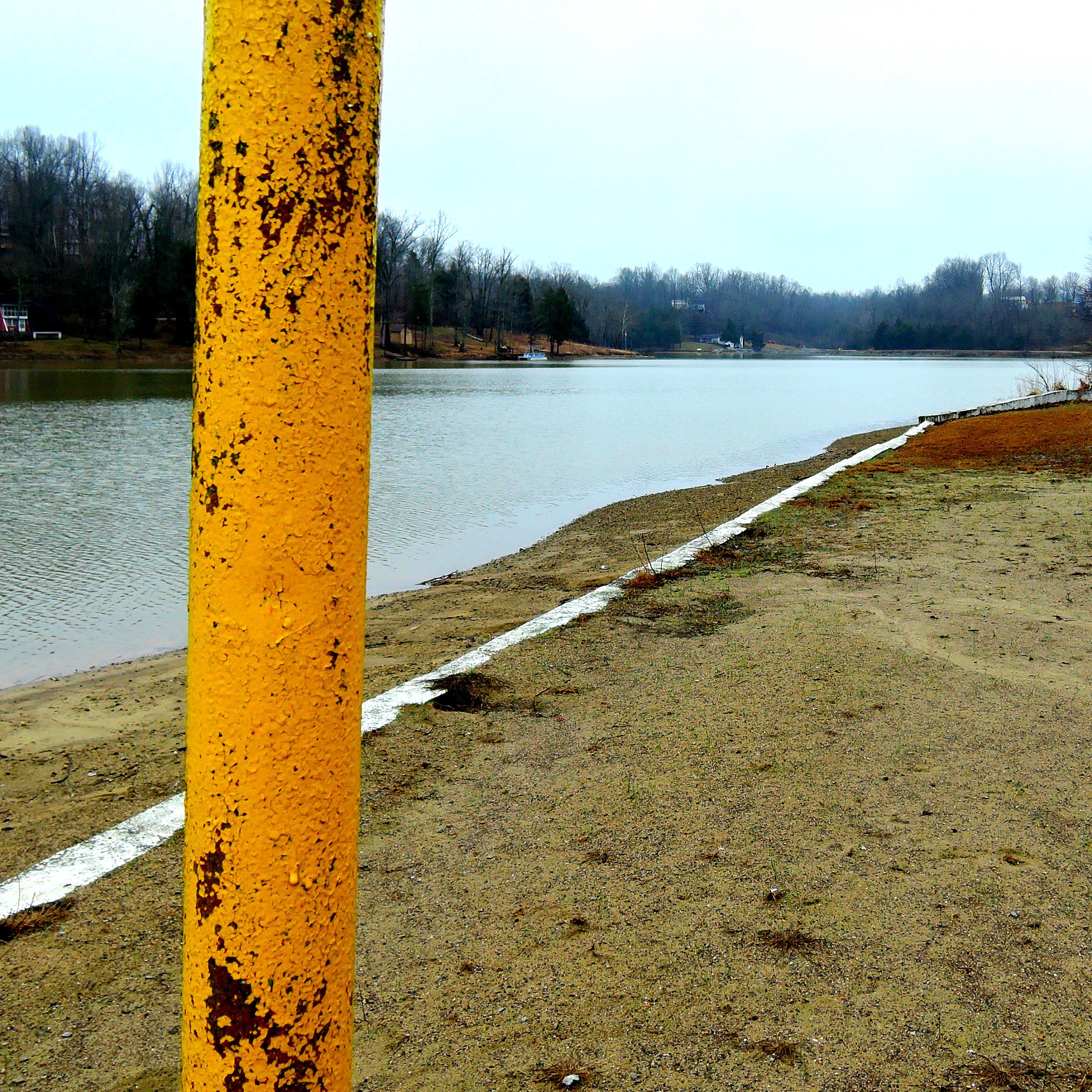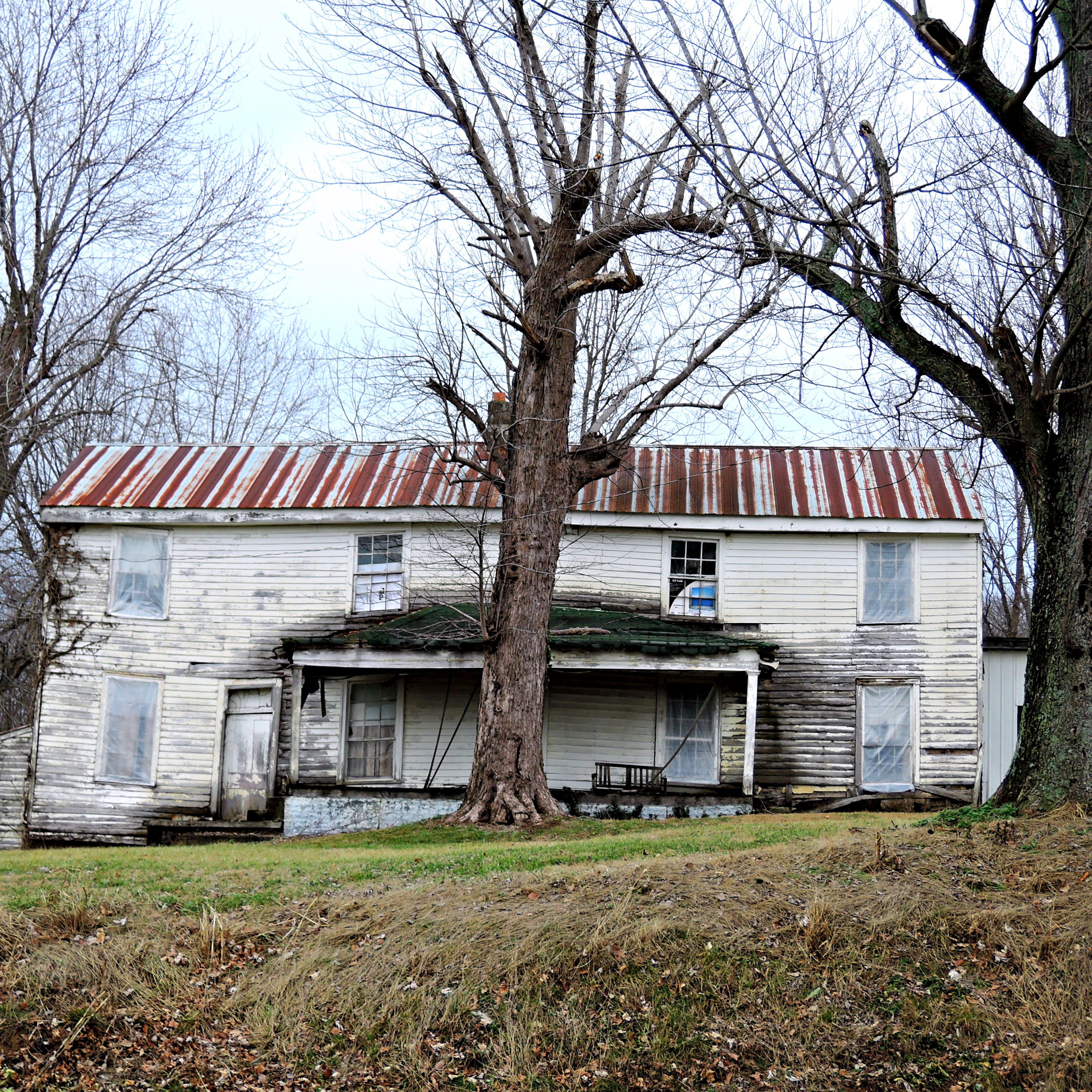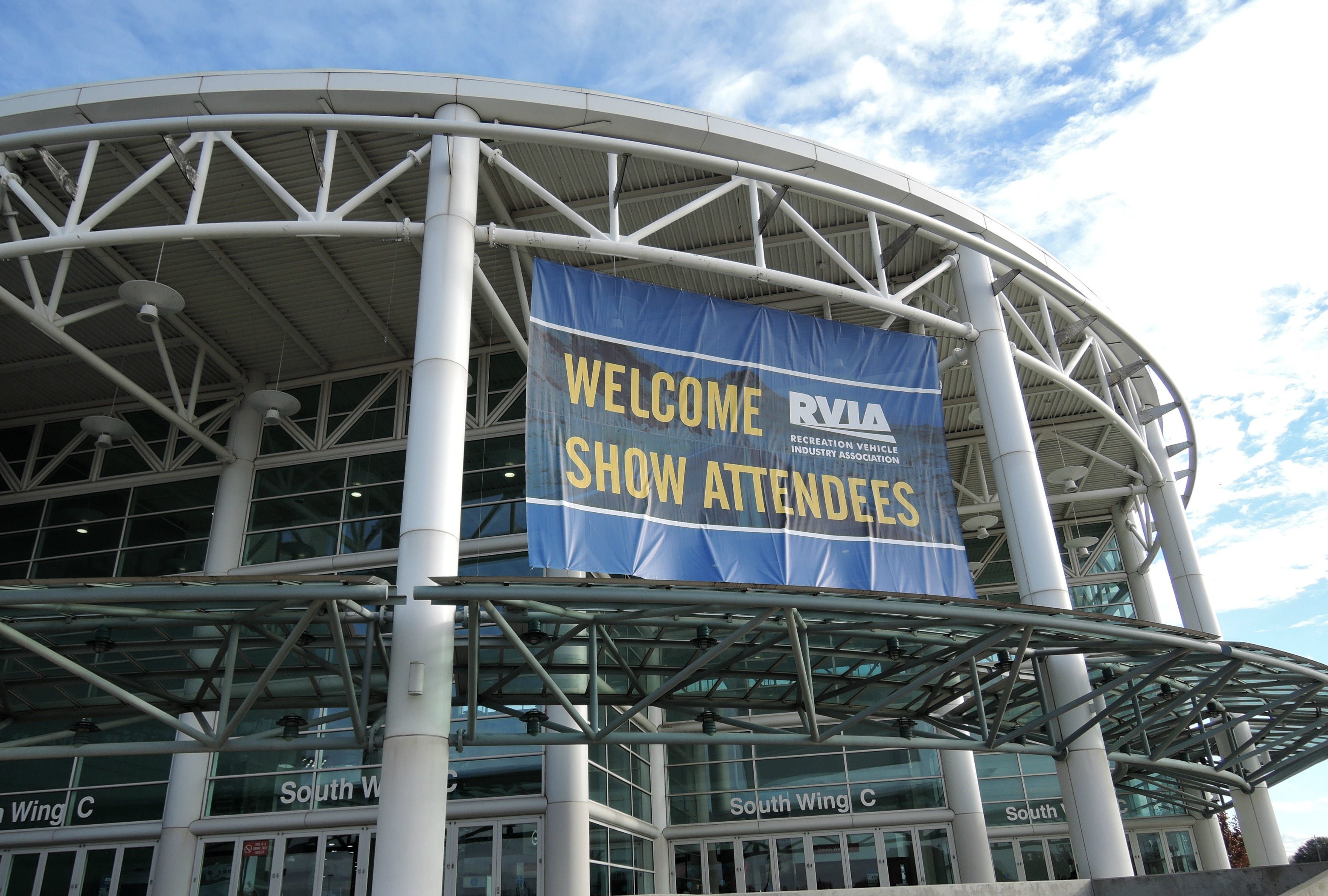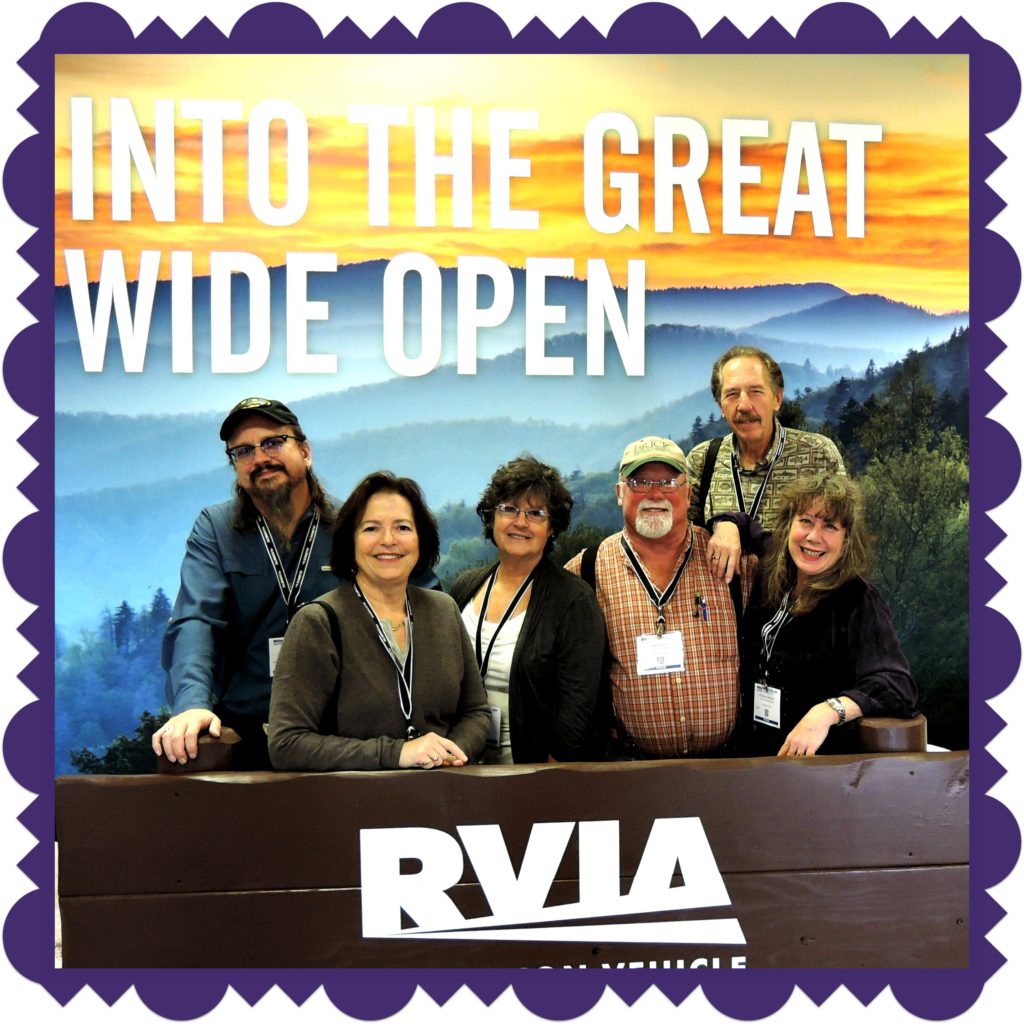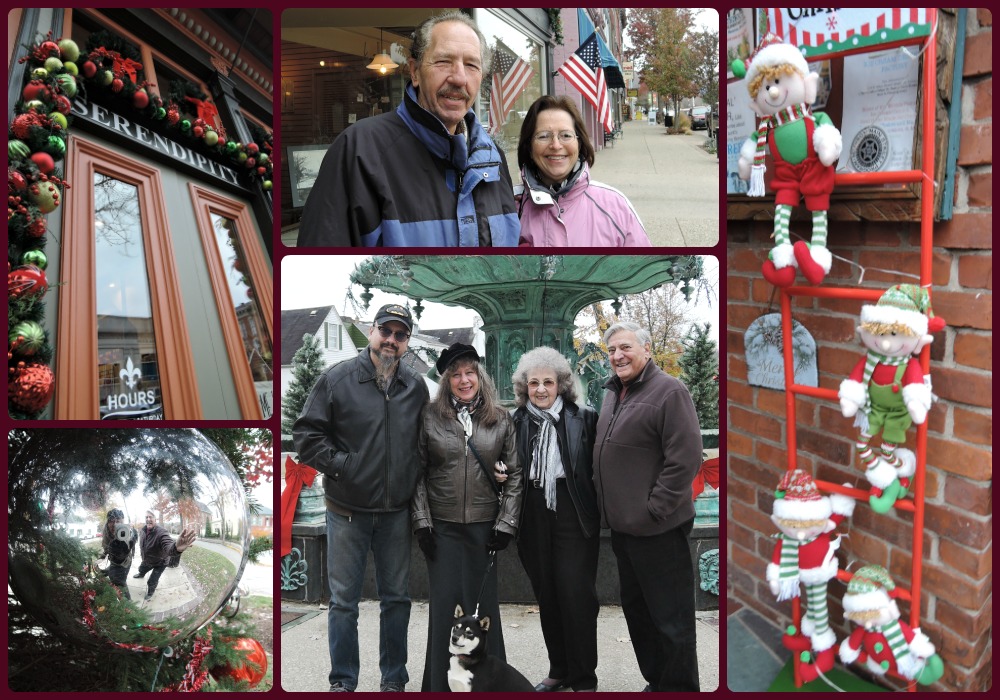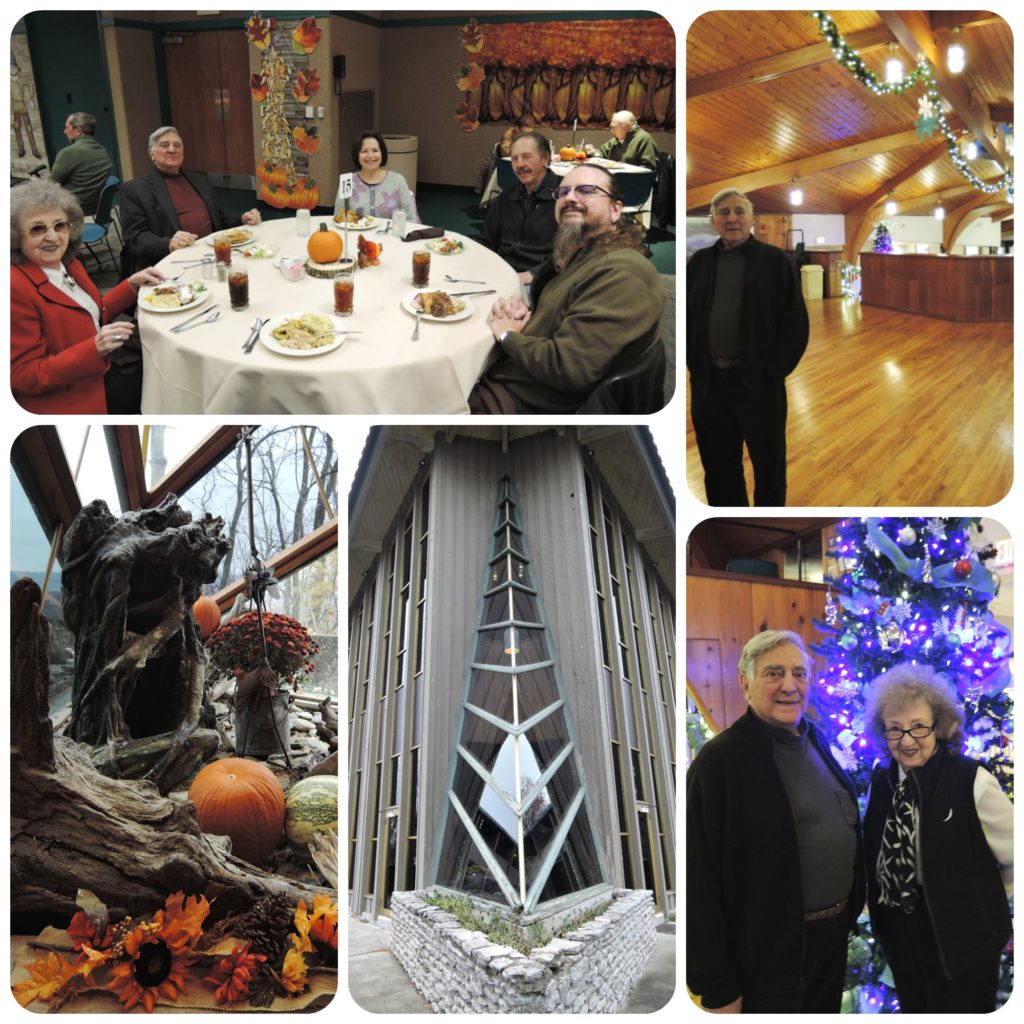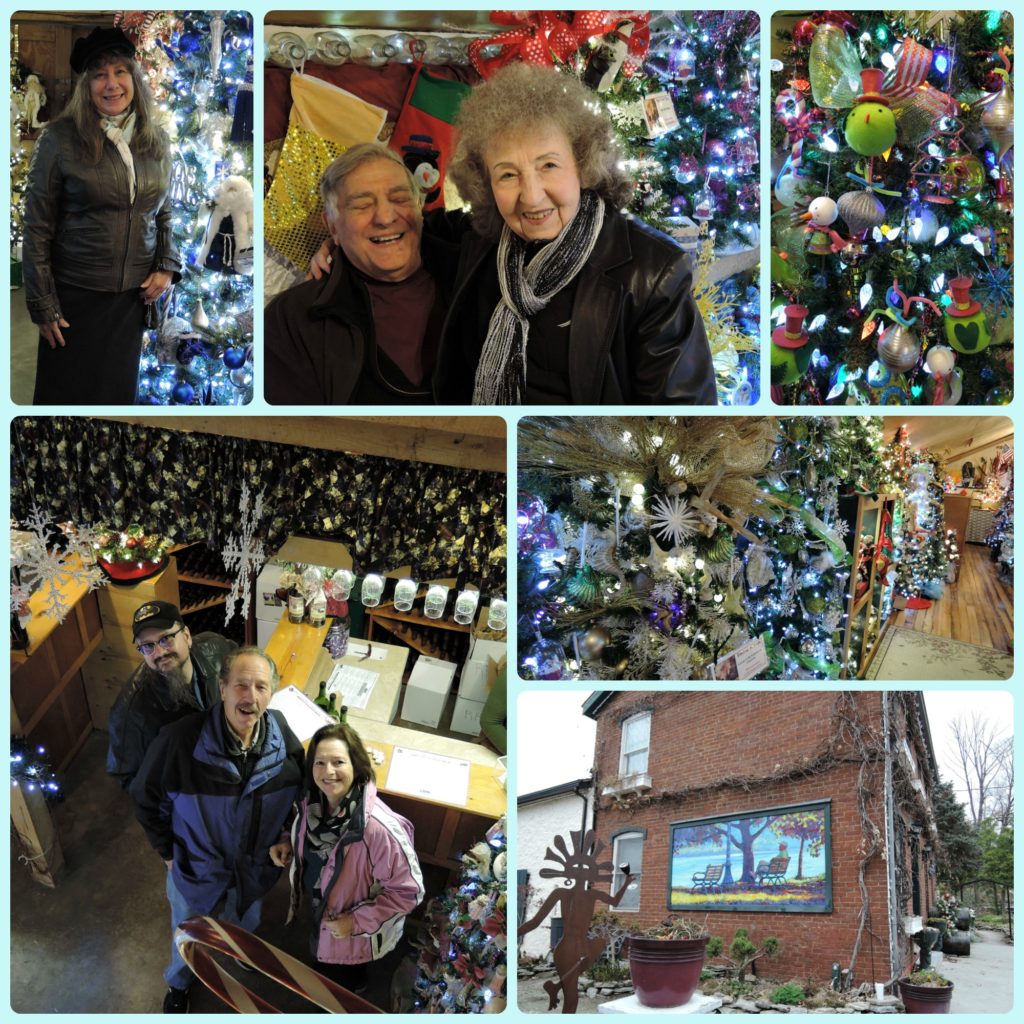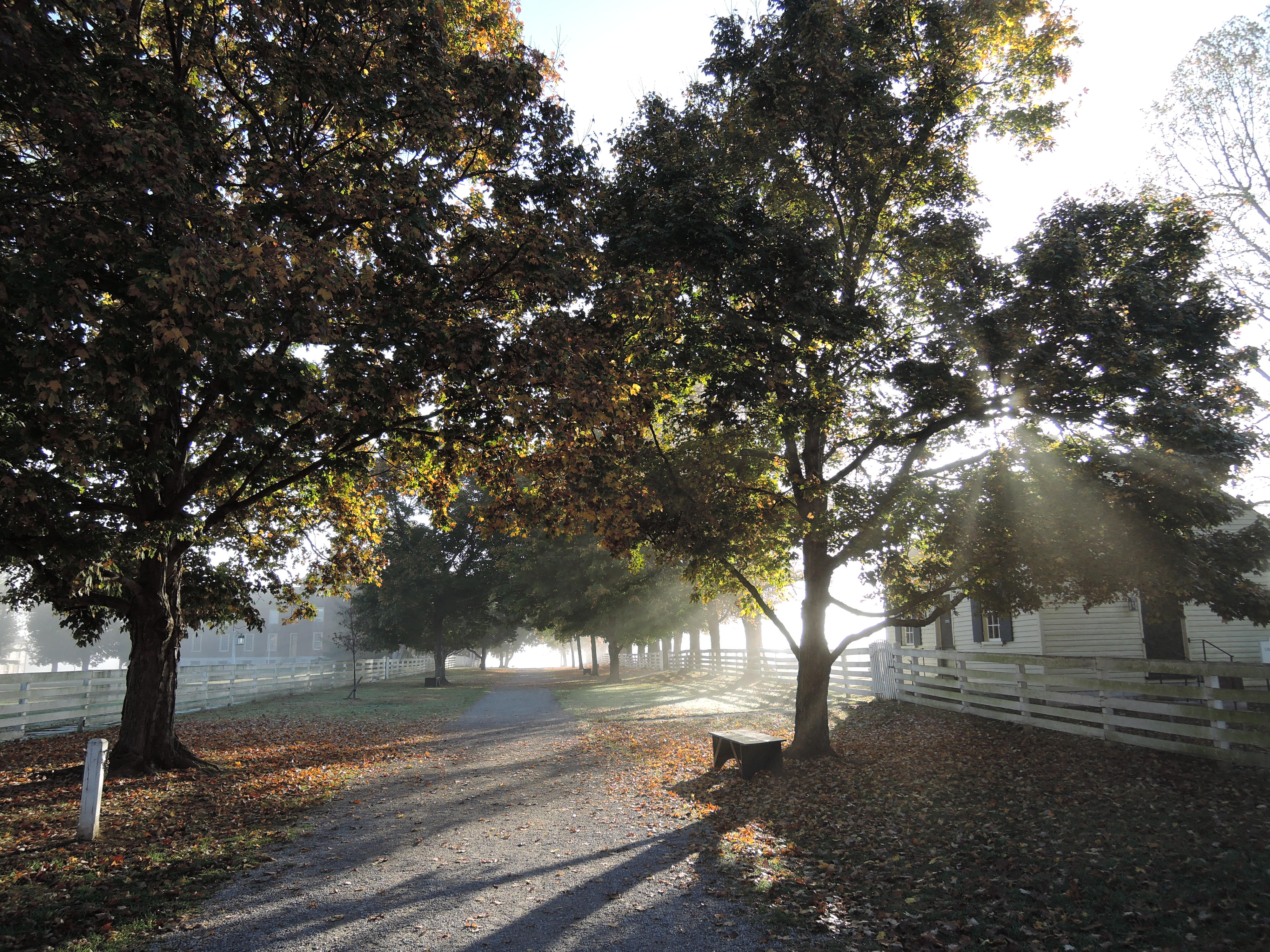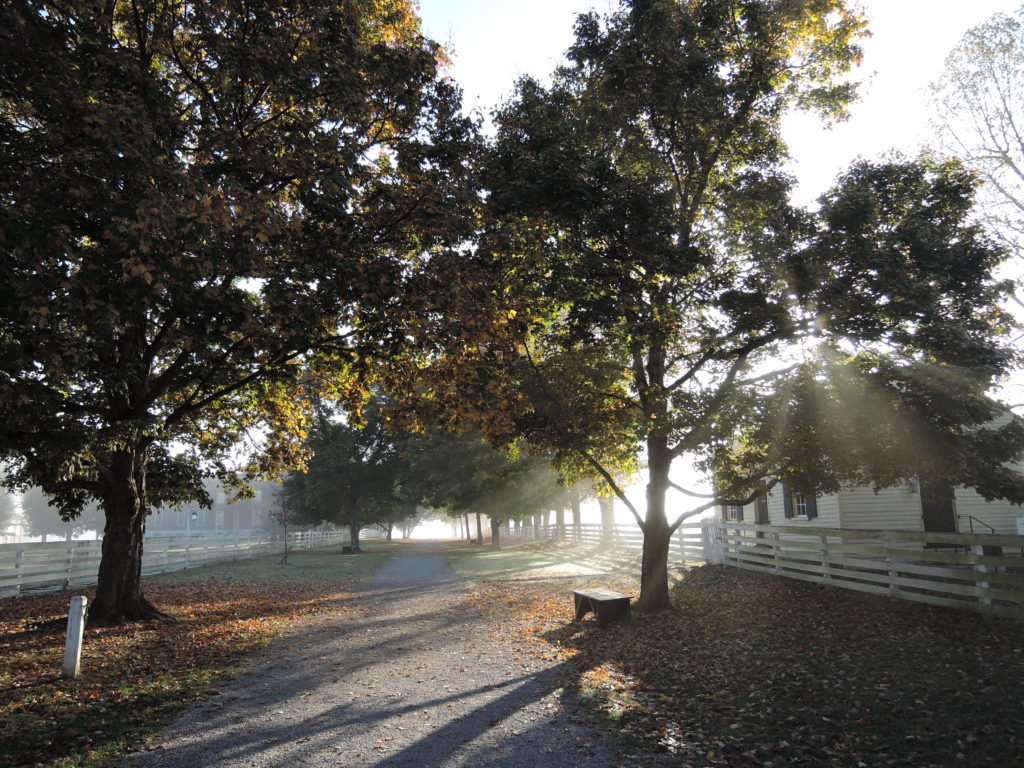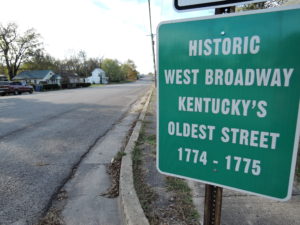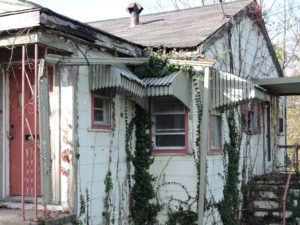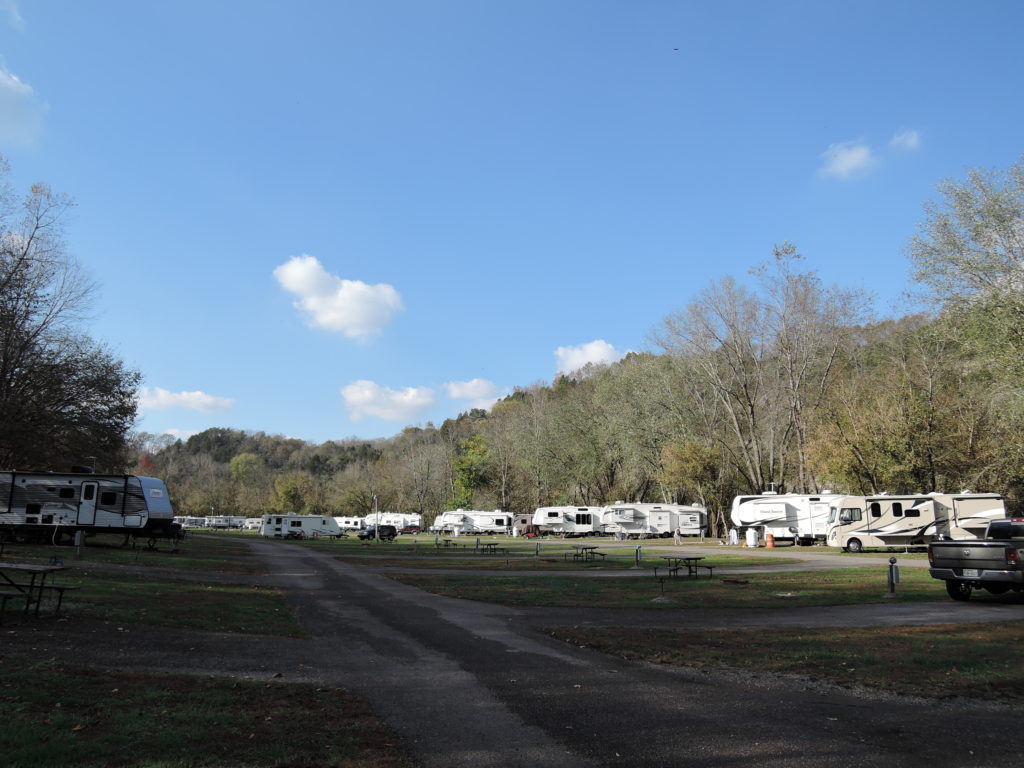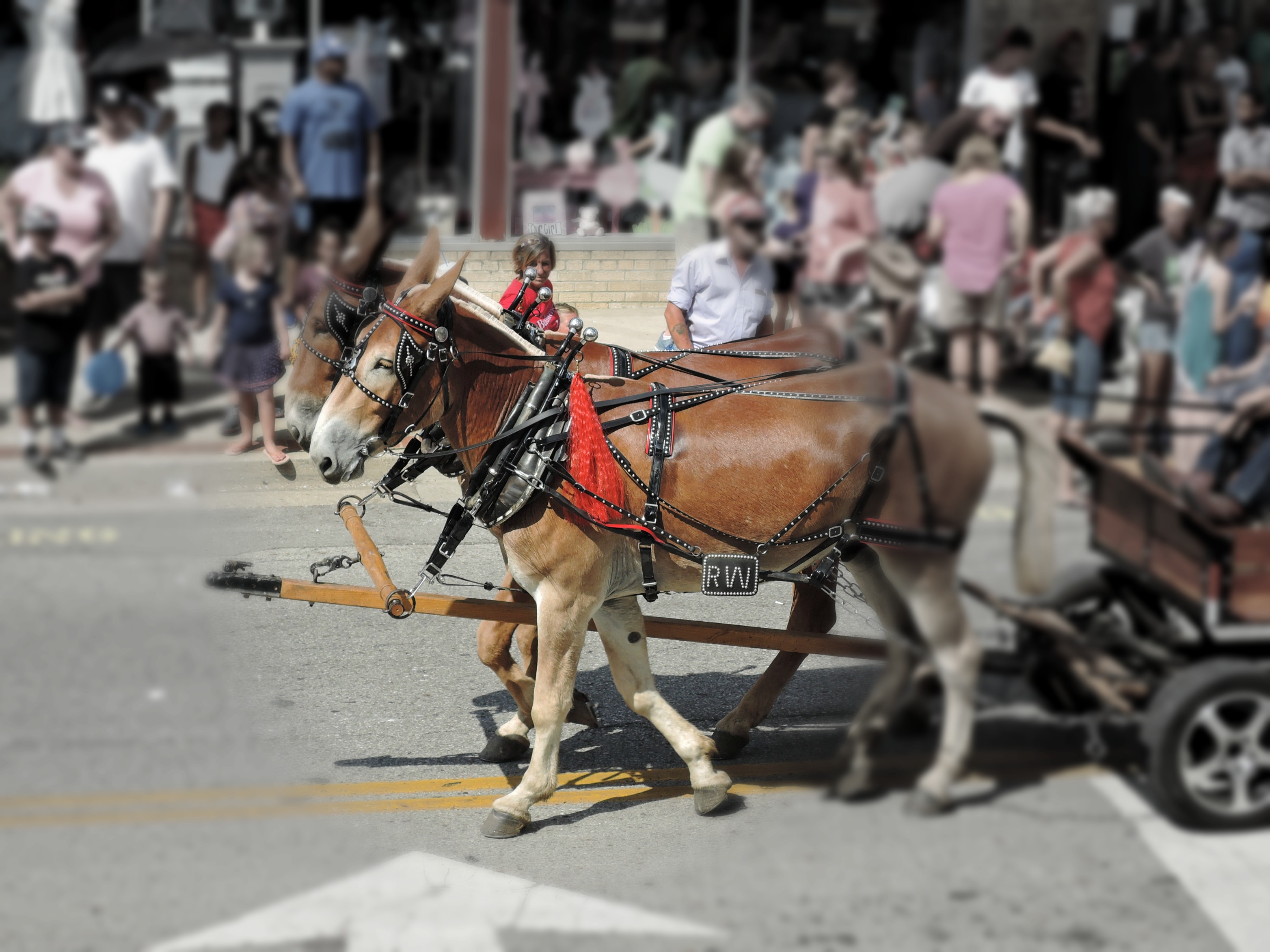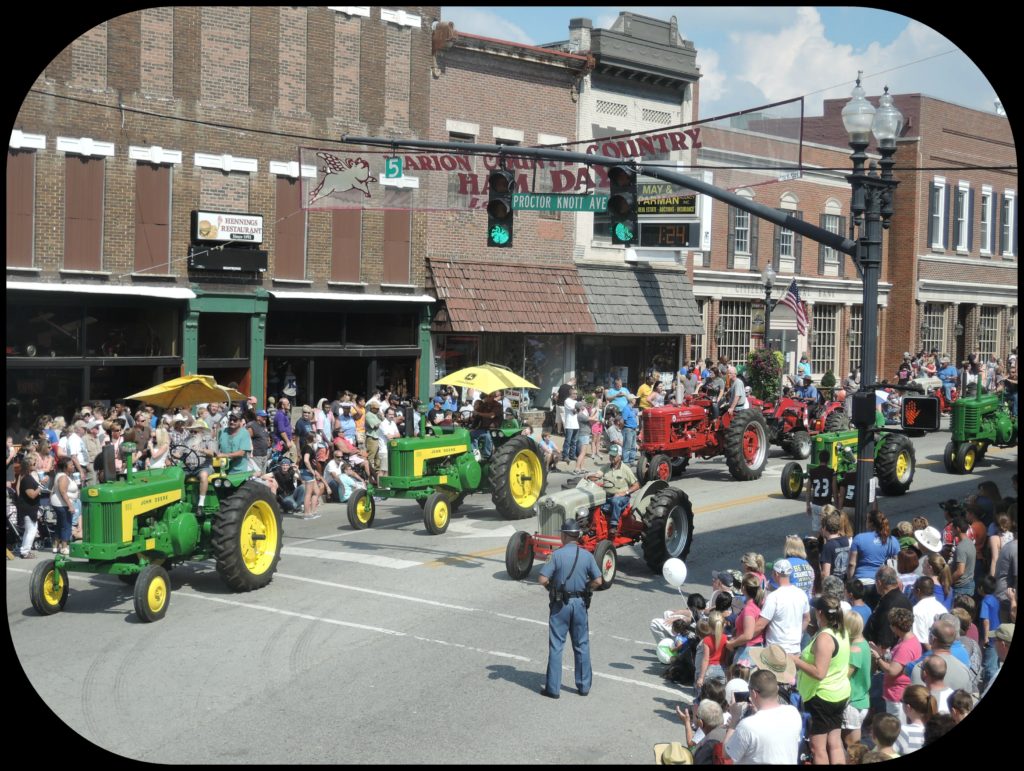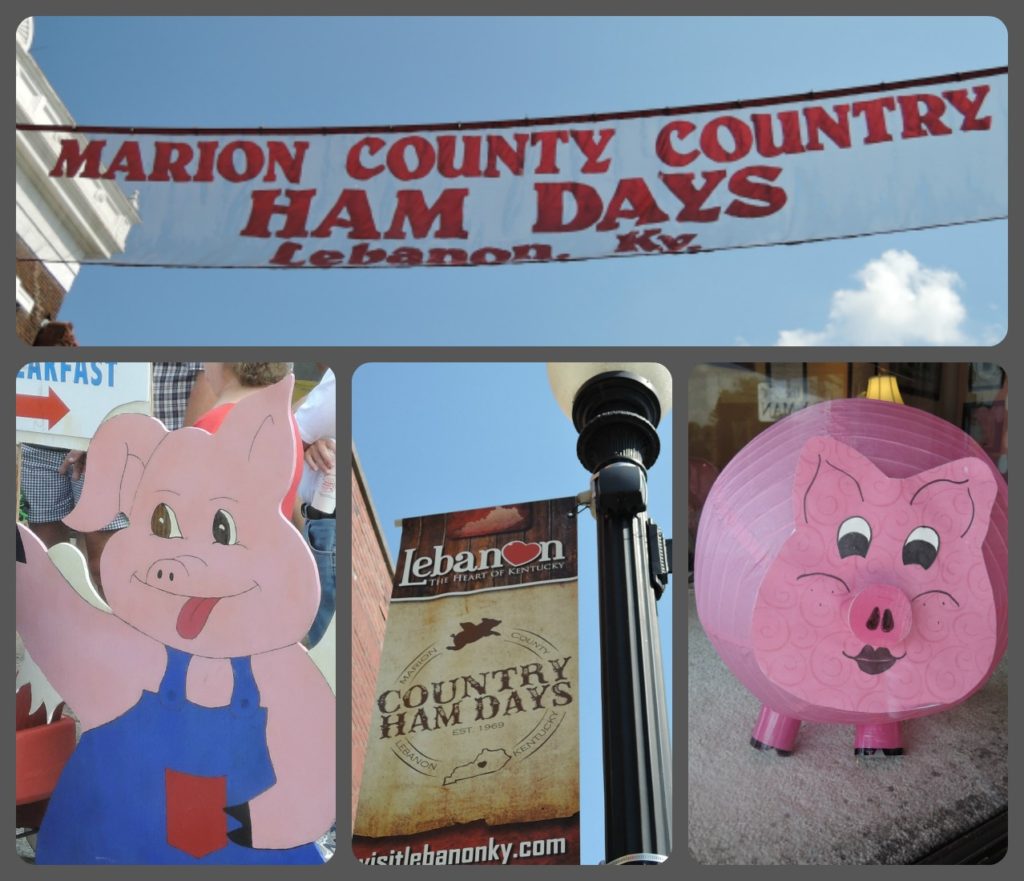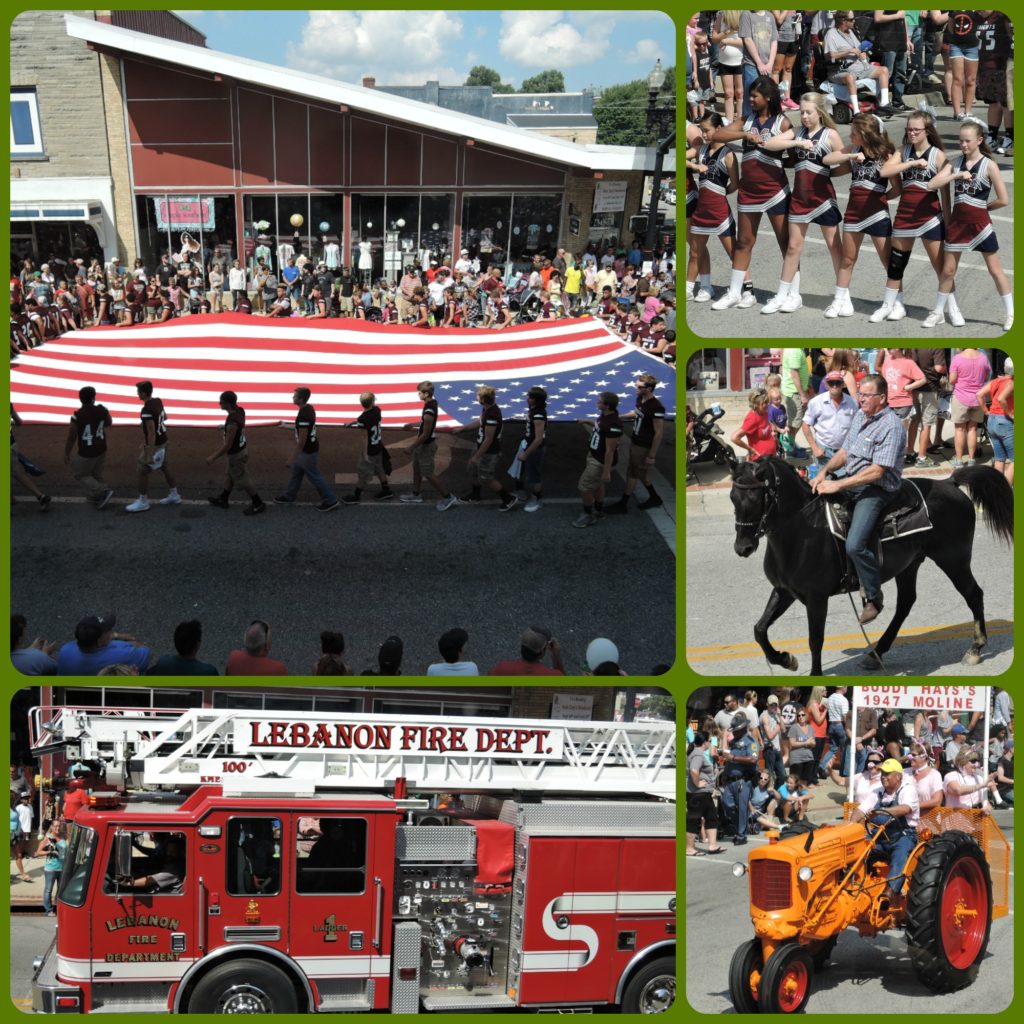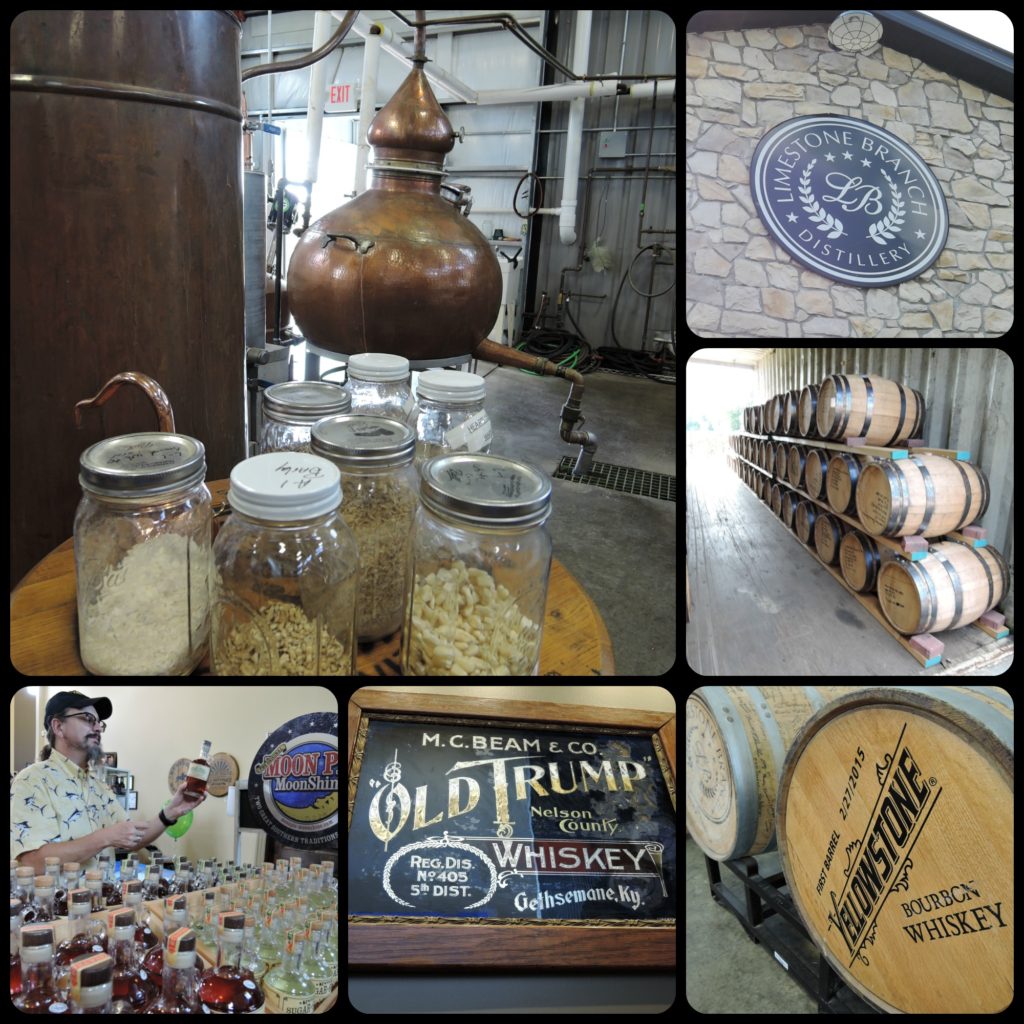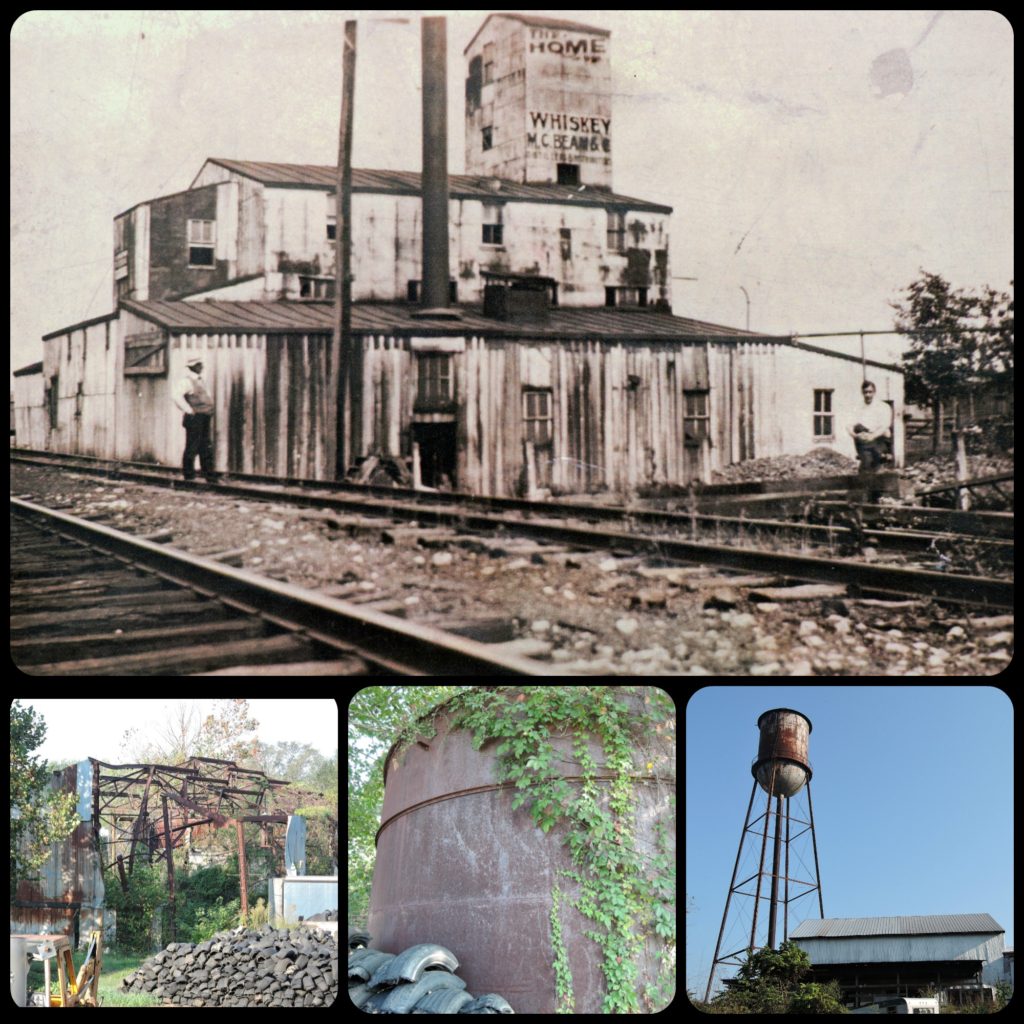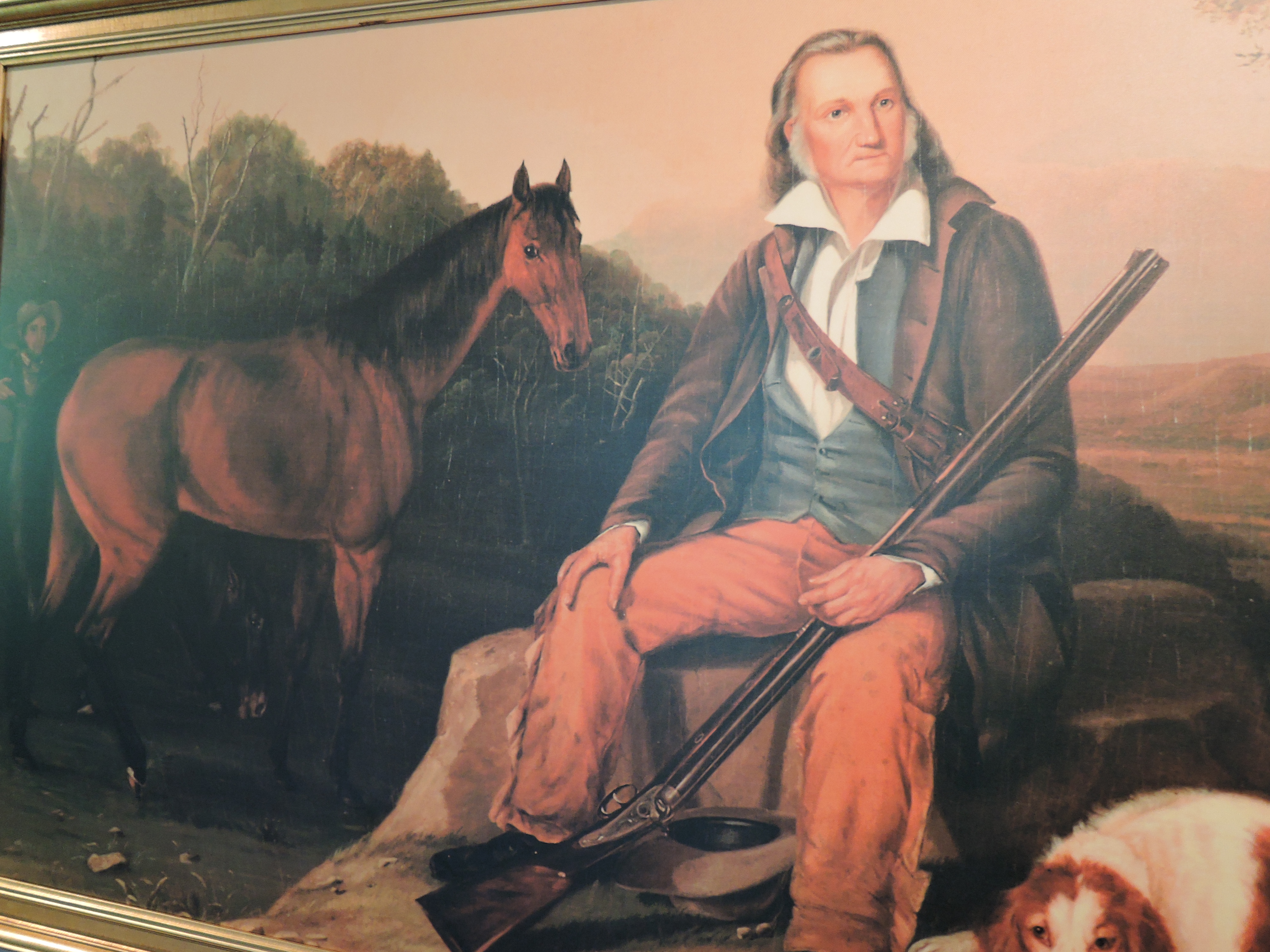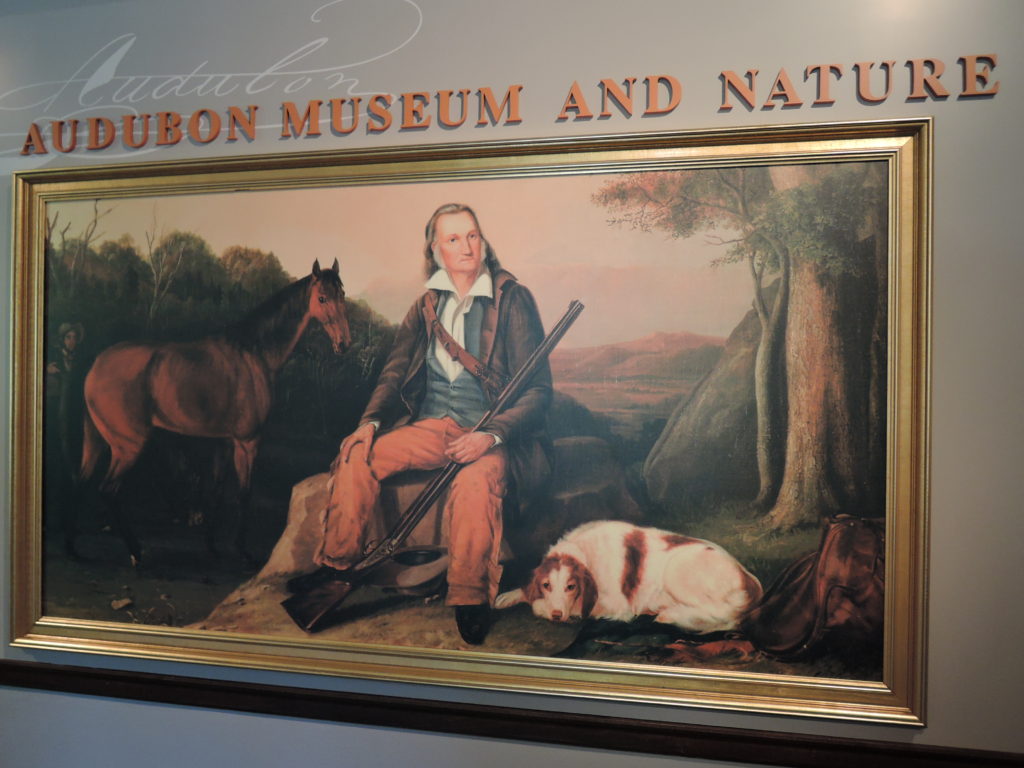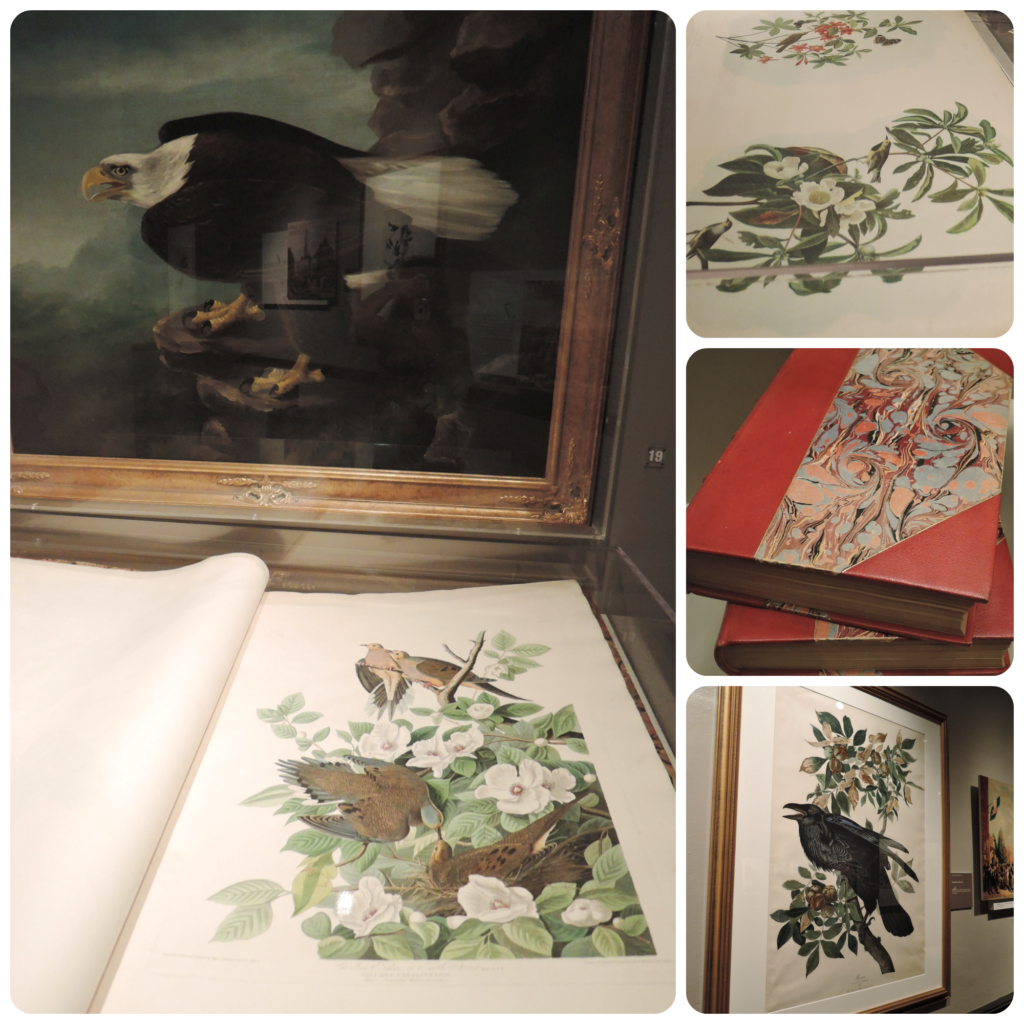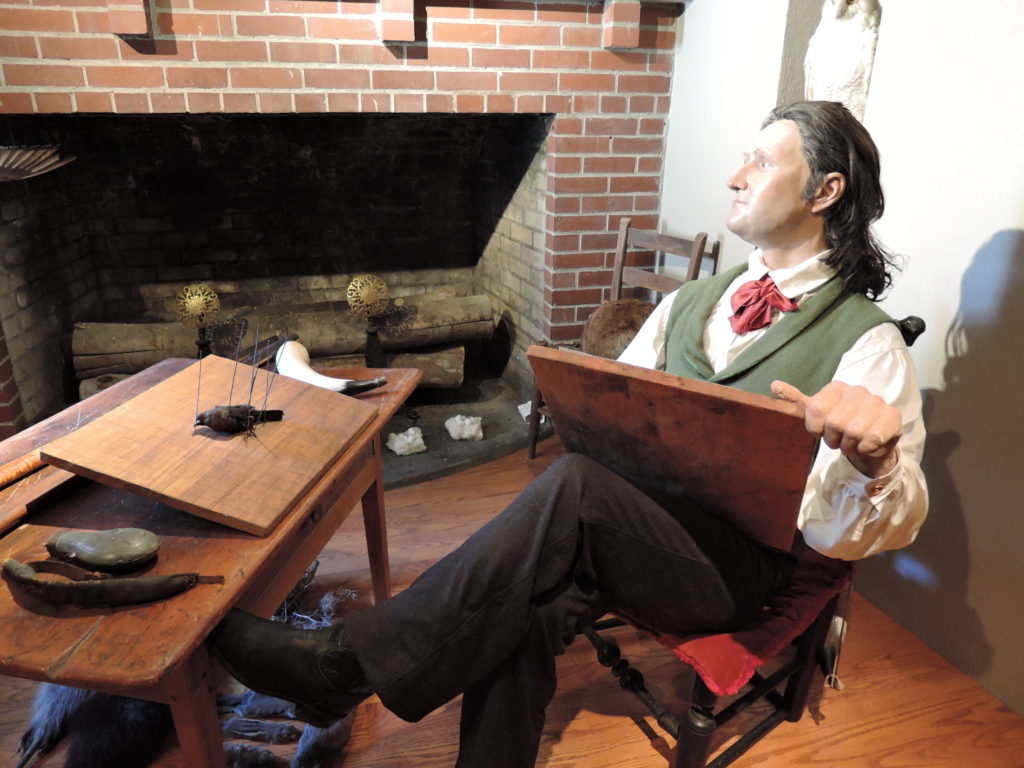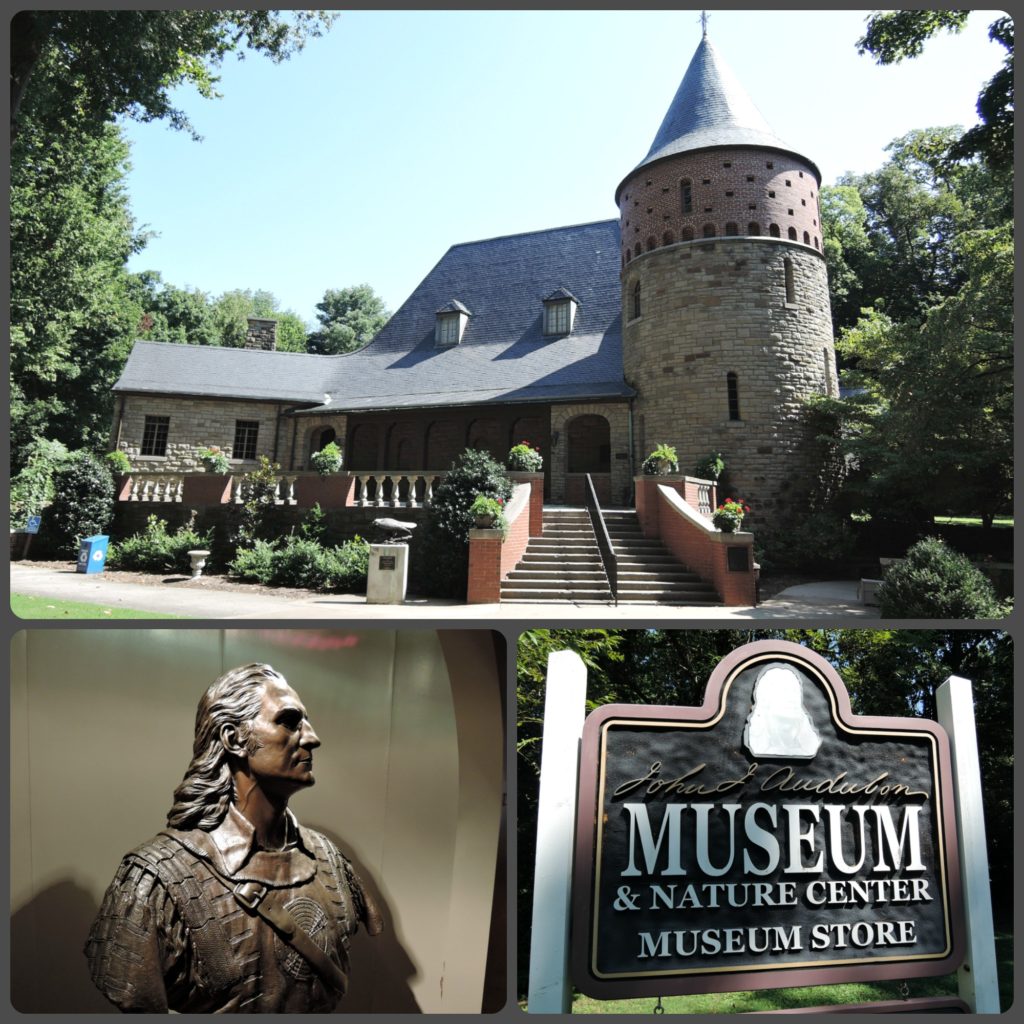Last weekend I toured the Kentuckiana Cluster of Dog Shows held at the big fairgrounds in Louisville. There amid hundreds of dogs and owners I got an education on a different kind of sport. Like any other serious hobby, the Dog Show world has its own language, specialized equipment, and complicated protocols.
KY
Hodgenville Kentucky
It’s pronounced Haw-Gen-Ville. Population 3,200 and the seat of LaRue County. (view map)
Originally the town was called Hodgen’s Mill, after an early settlement. Locals still add the S to the name, and for a hundred years so did the US post office. So you’ll often hear folks say Hodgensville, regardless of the official spelling.
Gethsemane, Kentucky
My train of thought always gets sidelined in January. This time of year, while the RV waits out the winter, I have plenty of time to ponder peculiar things. Such was the case as I walked the tracks in Gethsemane.
poin·telle
poinˈtel/
Pointelle; noun: 1. fabric with small holes; 2. pointless art
Raywick, Kentucky
View Map
The tiny town of Raywick, Kentucky has a big reputation for being badass. There’s been a bunch of midnight shootouts at the local tavern and the area cradles a sizable enclave of illegal pot farmers. Raywick’s notorious characters were chronicled in the novel Cornbread Mafia.
RVIA
(Recreational Vehicle Industry Association)
Louisville, Kentucky
The RV industry has exploded with choices, and aren’t we lucky! There’s hundreds of RV models offered these days: tiny and huge, fancy and bare boned, in-between and over the top. All kinds of crazy classes and subclasses like travel trailers, fifth wheels, van conversions, Class A, B, and C motorhomes. It’s a veritable buffet of wheels and fiberglass.
General Butler State Resort Park
Carrollton, Kentucky
View Map
This Thanksgiving we mixed it up and tried something different. We met my folks and our good friends Alan & Lois at General Butler State Park and let someone else do all the cooking! The Park has a swell lodge and comfortable rooms, plus a campground that’s just a short drive down the hill. General Butler offered a big Thanksgiving buffet and had a huge turnout for the feast. It seemed like all of Carrollton was there!
We used the RV as a party room for a few days. It was a cozy little den to chat and pass the time in the evening. Even with six adults plus a dog and parakeet, everyone was pretty comfortable. 
Driving around the first afternoon we got a good look at tiny Carrollton, located on the confluence of the Kentucky and Ohio Rivers. The weather was overcast and a bit nippy, and Carrollton doesn’t have a lot to offer, so we retreated for an early supper at the Lodge.
 The day after Thanksgiving we crossed the Ohio River just a short distance downstream to visit Madison, Indiana. It’s a charming town with a bustling old-time downtown district. We visited Lanthier Winery to see their Christmas Tree Festival where dozens of decorated trees are showcased along with their wine tastings. Nearby is Clifty Falls State Park and we stopped at their lodge for coffee and enjoyed a hilltop view of the river.
The day after Thanksgiving we crossed the Ohio River just a short distance downstream to visit Madison, Indiana. It’s a charming town with a bustling old-time downtown district. We visited Lanthier Winery to see their Christmas Tree Festival where dozens of decorated trees are showcased along with their wine tastings. Nearby is Clifty Falls State Park and we stopped at their lodge for coffee and enjoyed a hilltop view of the river.
This will be our last camping trip of the year as the weather now dictates that we winterize the water lines and set the coach to rest for a while. Next up will be the giant RV show in Louisville and I’ll post a full review soon.
Happy Holidays!
Harrodsburg, Kentucky
View Map
In the mid 1700’s, Daniel Boone scrambled between mountains at the Cumberland Gap to the unknown wilds of the Kentucky frontier. He blazed the Wilderness Trail and intrepid pioneers soon followed seeking a new life. They established the first Western settlement in Harrodsburg near the Kentucky River, and had a bloody hard time defending it against native Indians. 
Today Old Fort Harrod stands as a mild testament to their fortitude by showcasing replica log cabins and a few sparse pioneer possessions. 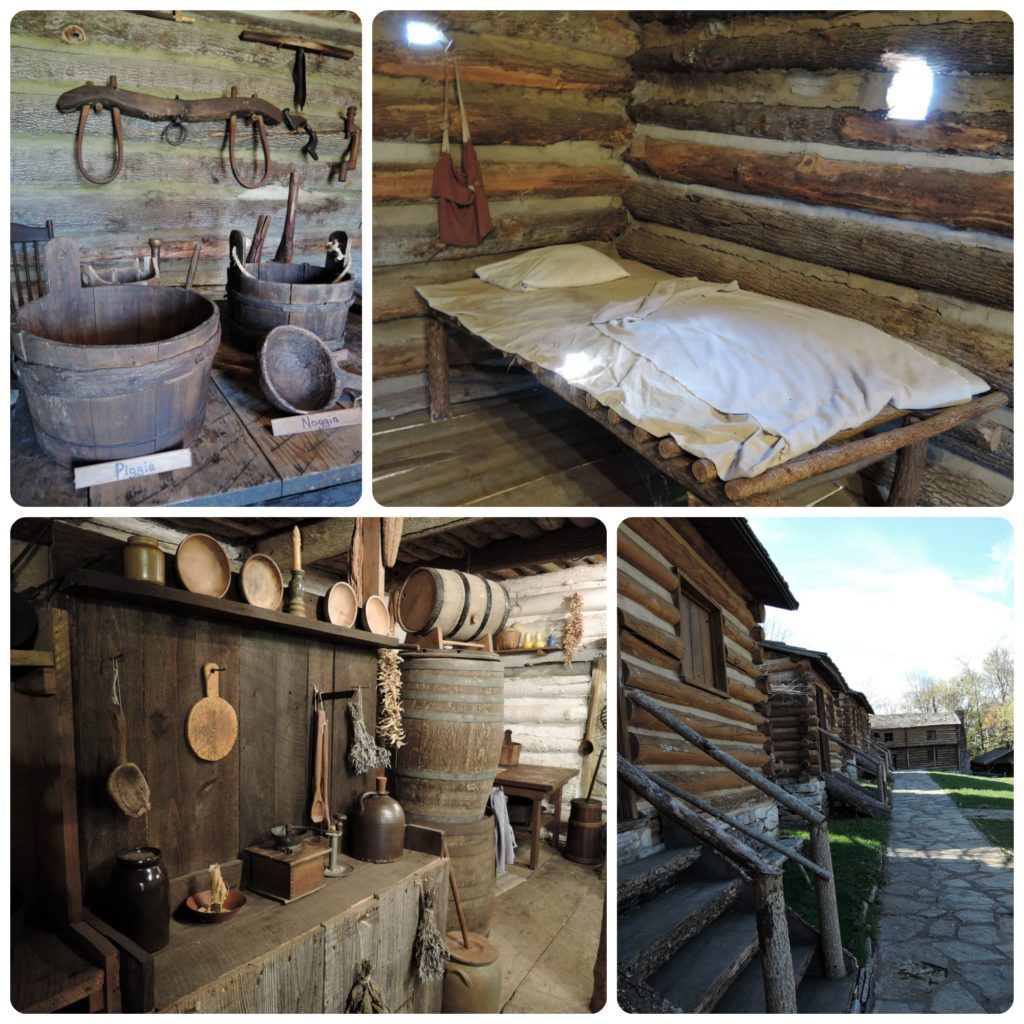
Strolling the little town of Harrodsburg I kept thinking this place is Old. In fact, it’s as old as it gets west of Virginia and the New England colonies. 
Broadway Avenue in Harrodsburg is the oldest street in Kentucky. Its wide boulevard disappears into the sunset at the top of a steeply pitched hill. For a place of such historic import, I was shocked to find the street lined with derelict bungalows reeking of mold and decay. And at the crest of the hill, after a long hike up, Broadway Avenue abruptly ends at a sleepy cattle farm.
Surely Kentucky’s first street originally led some place greater?
Fast forward 100 years to the 1800’s and you’ll find the Shaker Village colony a few miles from moldy old Harrodsburg. In stark contrast to the spartan conditions of the pioneer fort, Shakers lived a clean and prosperous life. Their sect was an offshoot of the Quaker religion, officially named the United Society of Believers in Christ’s Second Coming, and they were seeking a different life.
“In the world, but not of it.” 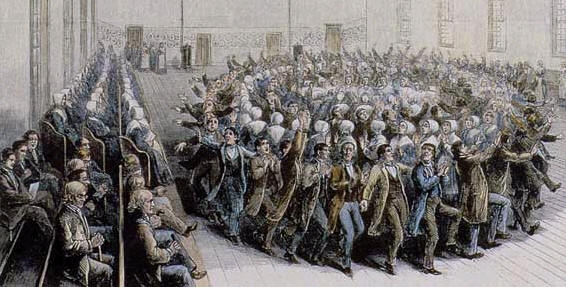
Men and women were viewed as equals. They lived in a grand 4-story dormitory separated by gender; men on the west side of the house, women on the east. Everyone had employment, lodging, and were well fed. Jobs were rotated every month so members could learn a variety of skills. It was a utopian society where each person was valued and procreation was prohibited. That last part was the death knell for the sect, as they failed to generate enough recruits to sustain the village by the turn of the 1900’s. 
But the legacy of the Shakers continues on with their perfection of form and function in furniture and baskets.
Rolling forward another century to today we find a yet another kind of sojourner in community at Cummins Ferry RV Park. Here against the limestone banks of the Kentucky River is an enclave of full-time campers who have chosen to forgo living in standard homes and are perpetually in motion.
It seems fitting that this region, which has called both pioneers and utopians to its shores, still holds the same allure for those seeking an alternative way of life. 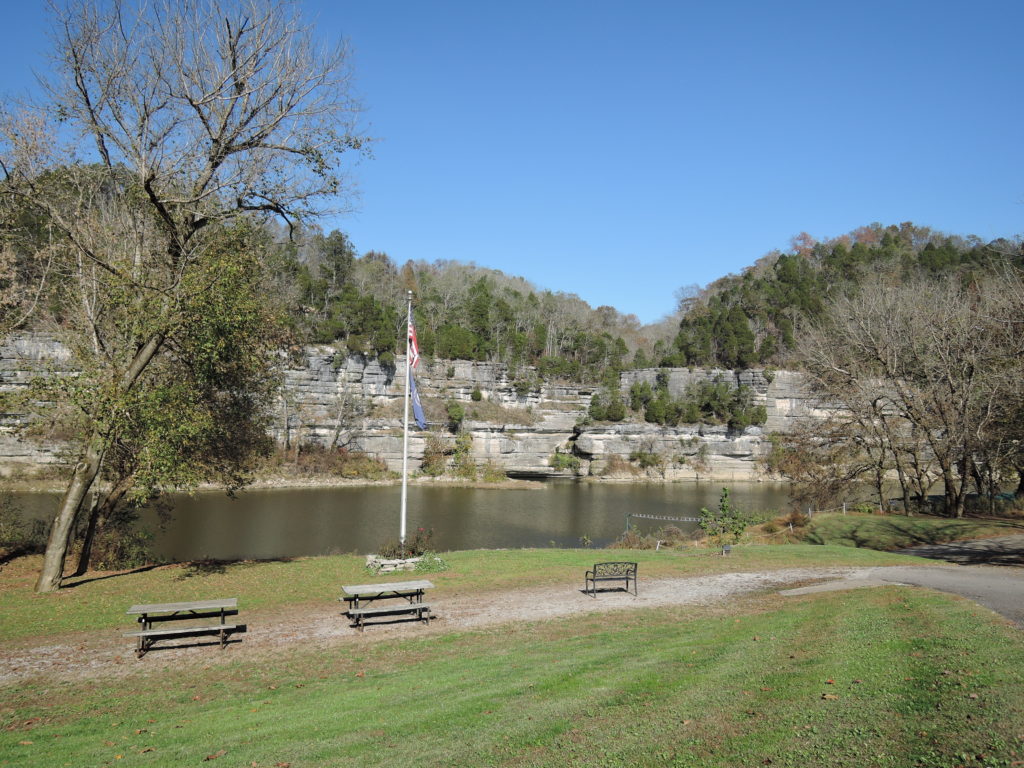
Lebanon, Kentucky
View Map
Down the road a piece from our farm, past a dozen catholic churches (one for each little town) and past a bunch of bourbon distilleries (several for each county), is the charming town of Lebanon. It’s a bustling little burg, and I find myself there often – shopping the local stores, seeing a show at their excellent regional theater, or just for a cruise through the pretty countryside.
This weekend was Lebanon’s signature event – Country Ham Days. It’s a big street fair with lots of events, including a famous ham breakfast feast. We didn’t arrive in time for breakfast but we did catch the Hog Hollering Contest and a great parade.
 We scored a second floor window seat at Shiners restaurant and enjoyed lunch while the parade passed by. What a relief the air conditioning was! It’s still hot as Hades – in the high 90’s with unbearable humidity – even though the calendar says it’s officially Autumn.
We scored a second floor window seat at Shiners restaurant and enjoyed lunch while the parade passed by. What a relief the air conditioning was! It’s still hot as Hades – in the high 90’s with unbearable humidity – even though the calendar says it’s officially Autumn.
The parade featured one marching band, several historic tractor clubs, and all of Marion County’s fire trucks. There were a dozen pageant winners waving from convertibles and hay wagons – Miss Lebanon, Miss Teenage Lebanon, Miss Preteen, Little Miss (a child), Wee Miss (a baby), and of course Miss Ham Days. Then a similar collection of County pageant winners rolled by. That’s a lot of taffeta and tiaras in one parade!
On the way home we stopped at Limestone Branch Distillery for a tour, and more importantly, a free sampling of their bourbon.
Distilleries are big business around here and operations are usually huge, with giant stills and dozens of large bourbon warehouses dotted around the countryside. But Limestone distillery is just getting started, so their rickhouse (the place where bourbon barrels are aged) is only a small trailer with little quarter-kegs stacked up. The Limestone owners are from the Beam family (as in Jim Beam) and are 7th generation master distillers. Our tour guide was one of the owners, and we discovered his great grandpappy had a distillery only a mile from our farm in the 1870’s. Old Trump was its best brand, and the ruins of the place are still there.
It was a great Fall day of adventure, even if the temperature didn’t coordinate with the calendar.
Henderson, Kentucky
View Map
John J. Audubon (1785-1851) was a failure. He spent most of his life trying his hand at different businesses and failing miserably. He fled France using a false passport to avoid being conscripted into Napoleon’s army and landed in The New World with yellow fever. Quarantined with Quakers in New York, he learned to speak English and then proceeded to bankrupt every venture he tried. Audubon wandered from Philadelphia to Boston, Cincinnati to Louisville, and down to New Orleans without finding success. He was barely able to feed his family and often his wife provided support by teaching. All the while Audubon was sketching and drawing. He loved to paint wildlife and often joined hunting parties of both Indians and Frontiersmen, keen to document new American species.
In 1826, at the age of 41, Audubon finally hit success in London with his series of woodland paintings. The exotic wilds of America were fascinating to Europeans, and Audubon sold expensive subscriptions to his monumental work, Birds of America.
Printed as “double-elephant folios” (meaning extra large), Audubon’s birds were presented life size on hand-colored lithographs. The series made him a rich man, and today an original Audubon lithograph is worth a fortune.
Audubon did not paint his birds from life – he painted them from death. He hunted and killed each of his subjects in order to study them closely. Which is why nearly every bird in an Audubon painting has a wobbly neck. It was deceased.
A hundred years later, his museum was built in Henderson, Kentucky by the CCC as part of Roosevelt’s jobs program. Audubon had lived for some time in Henderson, and so the town claimed him as a native son.
Visiting here was a fine end to our Summer History Lesson Tour, and we hope you’ve enjoyed following the trip, too!




